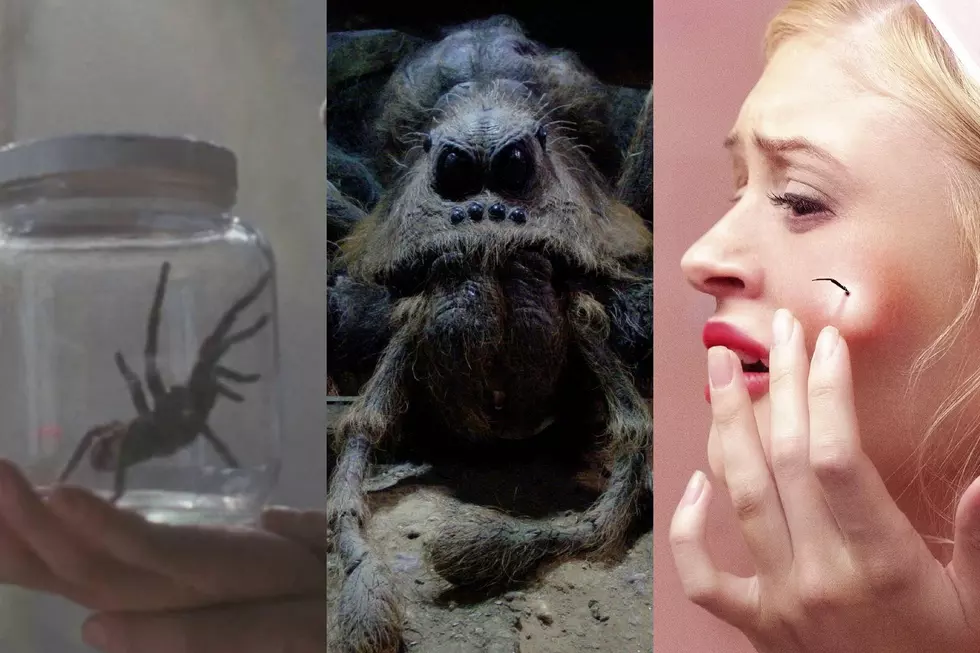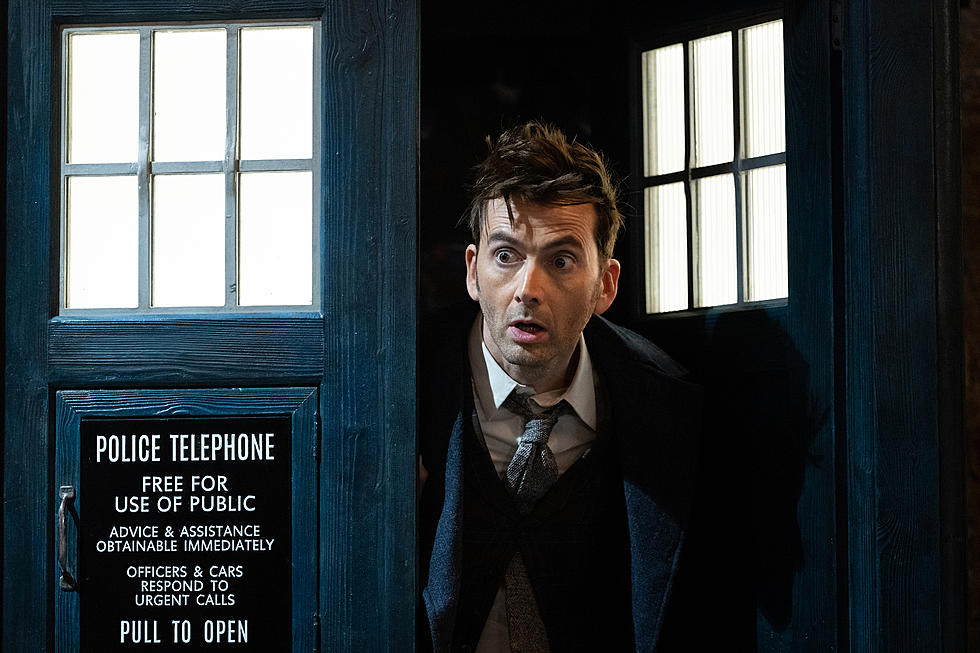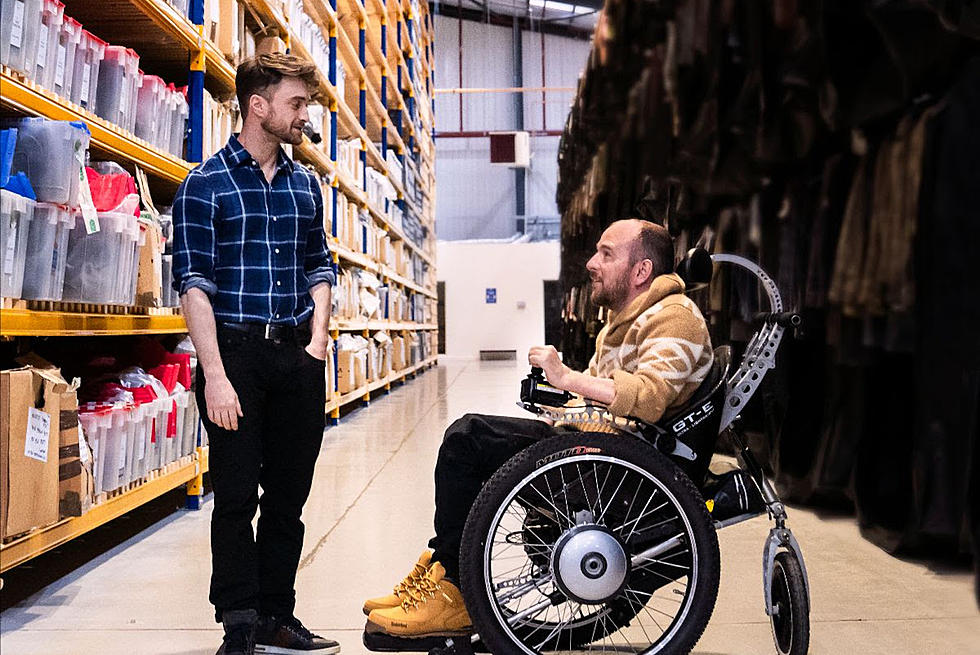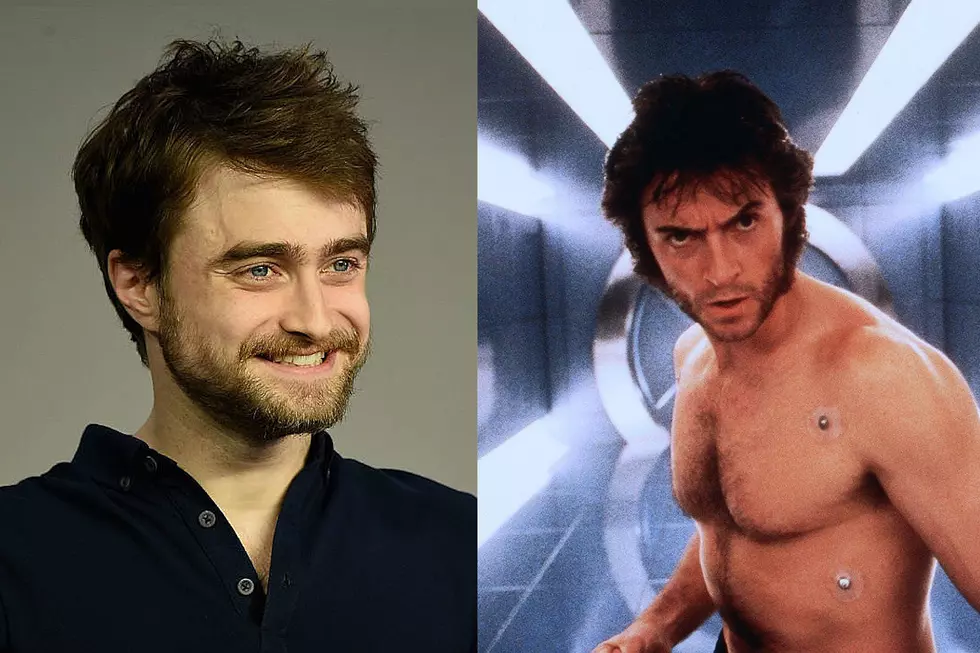
‘Harry Potter and the Goblet of Fire’ Is When the ‘Harry Potter’ Movies Started Growing Up
Leading up to the 15th anniversary of Harry Potter and the Sorcerer’s Stone on November 16, we’re looking back on the series and rewatching one movie each week to see how they hold up.
Harry Potter and the Goblet of Fire marks the halfway point in the Potter series. It’s not just the fourth film out of eight movies, but it’s the first Potter movie that feels grown up. It’s the first to have a PG-13 rating, it heightens the cinematic style Alfonso Cuarón brought to the series with a much darker visual palette, and it serves as a transition from the joyful elements of the early movies into the heavier, mature themes that permeate the remainder of the series.
Last week I wrote about The Prisoner of Azkaban, a movie that, despite its reputation, I find disappointing and unnecessary to the series as a whole. I wrote that the third movie is the outlier of the franchise that for a variety of reasons doesn’t fit into the fabric of the Potter universe. But after revisiting The Goblet of Fire just a few days later, I realized the fourth film is even better in light of the third. It captures the essence of Hogwarts that went missing from Azkaban and patches up the gap in the franchise left by the third movie.
The Goblet of Fire feels like a call back to the spirit of the first two movies. Director Mike Newell returns to some of the series’ classic set pieces, like the Transfiguration Courtyard and the Great Hall, and by spotlighting the presence of Hogwarts throughout the film. There’s a sequence of Harry flying around the castle’s towers that recalls a similar scene in The Sorcerer’s Stone, and multiple exteriors of Hogwarts and the landscape around it. Those may just feel like simple establishing shots, but they invoke the constant presence of the school throughout the movie.
Goblet of Fire is also one of the most ambitious adaptations of J.K. Rowling’s books. At 157 minutes it’s the second-longest film in the series behind The Chamber of Secrets. This film covers a lot of ground, and yet it never feels too rushed. It bounces between three Triwizard competitions, introduces a ton of new characters (from Mad-Eye Moody to Rita Skeeter), shows a school dance, flashes back via the Pensieve, and brings back Voldemort (Ralph Fiennes). While book readers may lament the loss of certain storylines and characters (I’m still upset S.P.E.W. got cut) screenwriter Steve Kloves does an impressive job of adapting a detail-heavy book for a filmgoing audience.
What distinguishes Goblet of Fire from the three previous Potters is the way it captures a relatable moment of adolescence and shifts the series in a more grown-up direction. I like to call Goblet of Fire the movie when s--- got real in the Potter-verse; it’s the first time these kids are faced with the realities of growing up. We’ve seen Harry fight creatures and dark wizards before, but in this film some of his biggest anxieties are about being 14 years old. He’s scorned by Ron and his classmates for breaking the Triwizard Tournament rules, he has his first crush, and he’s stuck in the middle of a quarrel between his two best friends. Goblet of Fire showcases the moody temperament and fickle emotions of early teenage years in a way that’s both playful and serious.
This is where the discussion over the books and films differ. I’d say Azkaban was the first mature book in the series, but Goblet is the first mature movie. Whereas that third movie’s attempts to make these kids relatable seemed phony, Goblet blends the humanity and the wizardry of the series more cohesively. You can see it in the costume design. My biggest complaint about Azkaban was how distracting the use of brightly colored modern clothing was, but it took me nearly an hour into Goblet of Fire to notice the kids were again wearing street clothes. The fourth film adopts a much more muted visual tone, opting for a neutral color palette (as opposed to you know, a bright pink hoody) that blends in with the film’s scenery. It’s a minor thing, but it makes a huge difference.
The moment that distinguishes Goblet of Fire from the first three films and sets up the intense emotional journey to come in films five through eight occurs in the final act: The first time a character gets murdered. While we’ve heard about the off-screen killings of muggles, Harry’s parents, and saw Professor Quirrell reach his demise, we’d never actually seen a murder in the Harry Potter films. But in this movie we actually see a student get killed, and the way that death is portrayed is what makes the scene all the more upsetting.
Peter Pettigrew casts the Killing Curse and Cedric Diggory’s body blasts backwards onto the cemetery ground. There’s no climactic build-up and there’s no melodramatic follow-up; Cedric just dies. Harry doesn’t get to process the death until much later. That a character can be killed so swiftly in this universe and with such insouciance is what makes Cedric’s death one of the bleakest and one of the most mature moments of the series. The Harry Potter films previously felt joyous and hopeful, an escape to a magical world with only a tepid sense of danger. But in Goblet of Fire the stakes feel higher than ever and the threat of violence becomes real.
Rowling’s Goblet of Fire is one of my favorites for how it captures both the micro and macro emotions that take us through adolescence, whether it’s the nervousness of asking a girl to a dance or comprehending grief for the first time. Newell’s adaptation does a great job of translating that both visually and tonally to the screen. Goblet of Fire may not be the best of the franchise, but it ranks pretty high for how it blends the most exciting parts of the magical world with the darkest ones.
Additional Thoughts:
- The visual effects in this movie are great, especially the Quidditch World Cup and the duel between Harry and Voldemort – except those CGI sea creatures.
- While I love everything the Yule Ball represents – teenage angst and sexual tension – the dance itself is pretty corny.
- Harry takes a bath with Moaning Myrtle in this movie. See? Lots of teenage sexual tension awkwardness.
- I totally forgot David Tennant was in this movie!
- Goblet of Fire features Robert Pattison’s only three facial expressions – looking confused, looking confused while blushing, and smiling while blushing.
- Ralph Fiennes’ debut as Voldemort in this film is peak-scary Voldemort.
Harry Potter Ranking (So far):
1. Harry Potter and the Goblet of Fire
2. Harry Potter and the Sorcerer’s Stone
3. Harry Potter and the Prisoner of Azkaban
4. Harry Potter and the Chamber of Secrets
More From ScreenCrush









